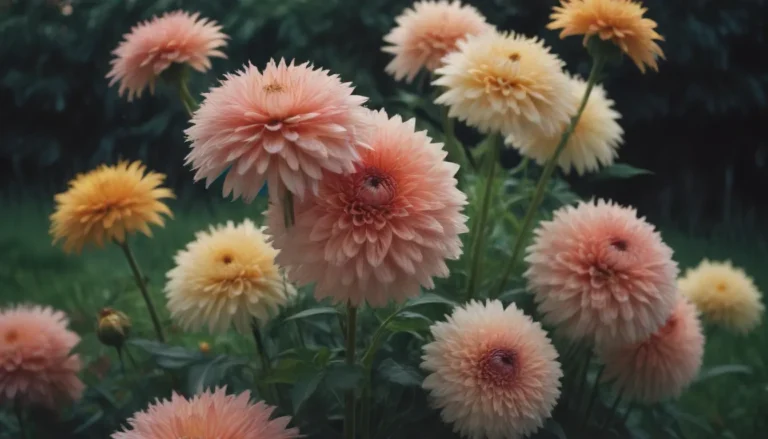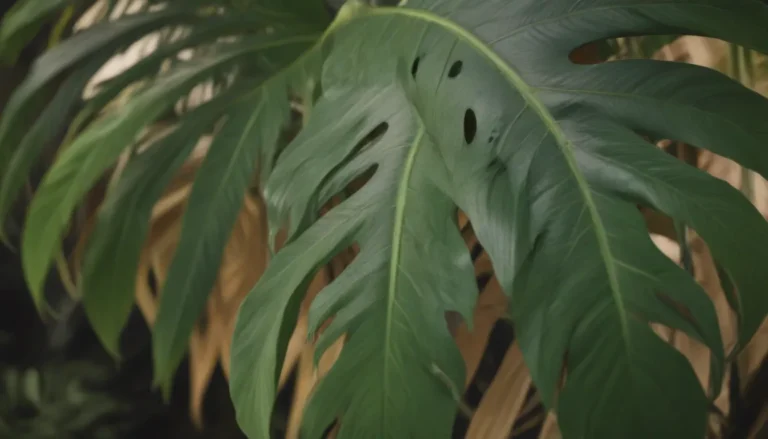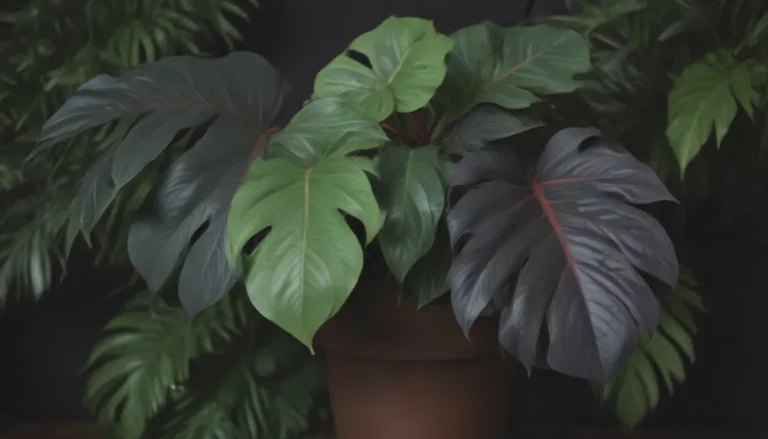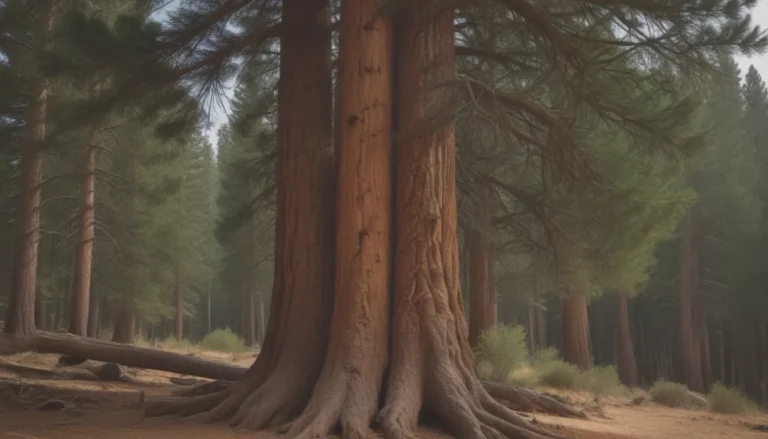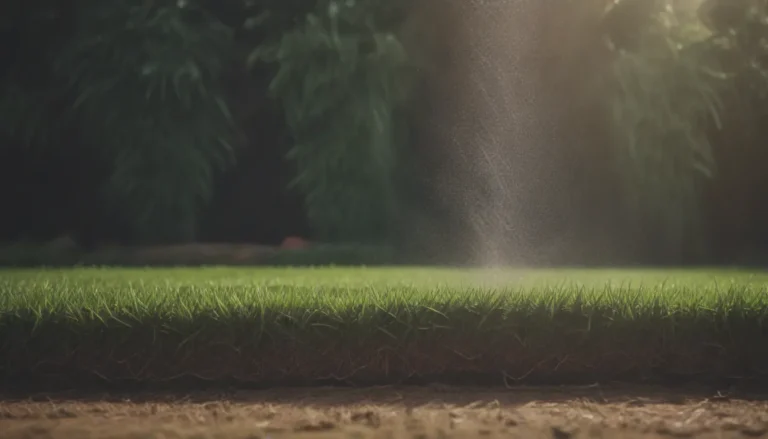The Ultimate Guide on Growing and Caring for Texas Sage
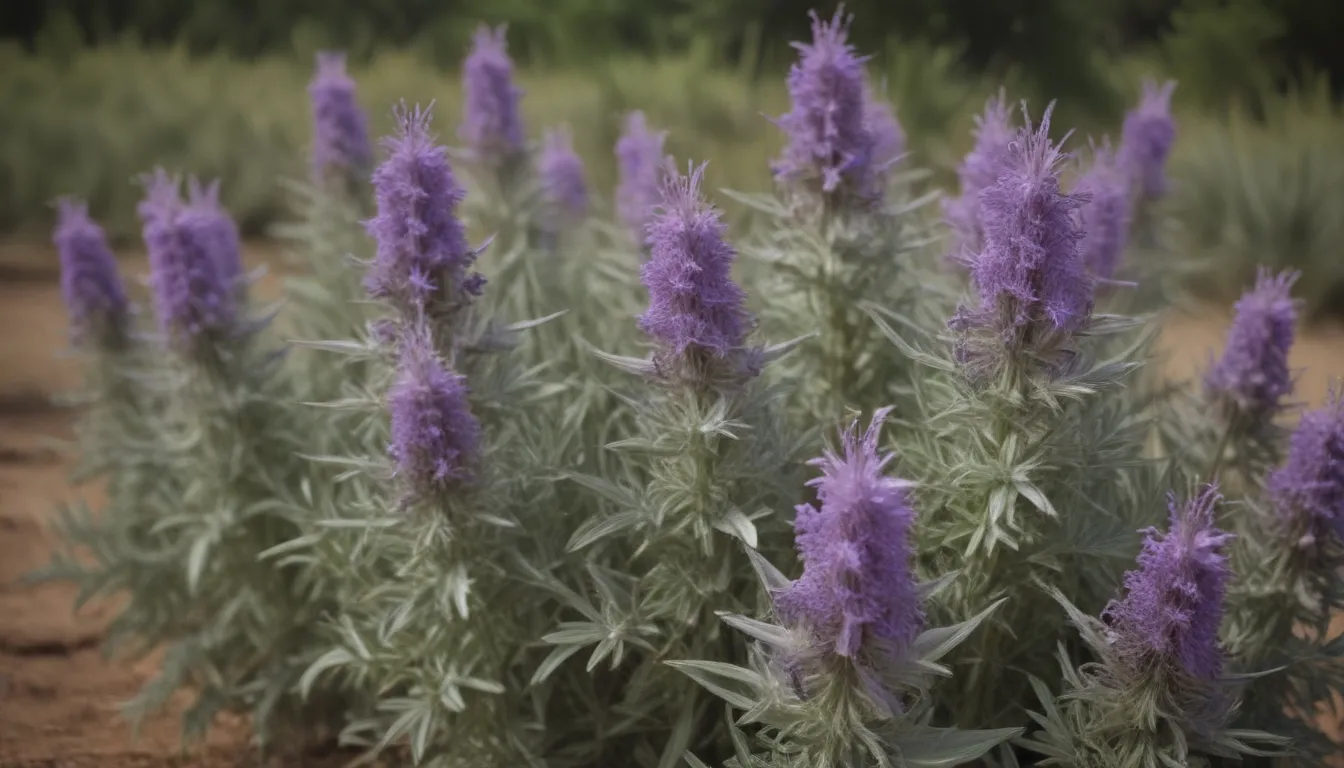
If you are looking to add a pop of color and effortless beauty to your garden, look no further than Texas sage. This native herb, Salvia coccinea, is a true gem for any landscape design. In this comprehensive guide, we will explore everything you need to know about growing and caring for Texas sage. From its main care requirements to pruning tips and common pests, we’ve got you covered. Let’s dive in!
Texas Sage Care Tips
When it comes to growing Texas sage, there are a few key care requirements to keep in mind. Let’s break down each aspect:
Light
One of the fantastic things about Texas sage is its adaptability to different light conditions. Whether your garden receives full sun or full shade, Texas sage can thrive. This makes it a versatile addition to any landscape design, allowing you to add bursts of color in various areas.
Soil
Texas sage is not too picky when it comes to soil types. As long as your soil is well-draining, whether sandy, loamy, or clay-rich, it should be suitable for Texas sage to thrive. Make sure to avoid soggy conditions that could lead to root rot.
Water
While Texas sage can withstand periods of dry weather, it still requires moderate watering, especially when establishing new plants. Once your Texas sage is established, it can handle drought conditions well. If you live in a region with regular rainfall, supplemental watering may not be necessary.
Temperature and Humidity
Texas sage thrives in warm climates, particularly in USDA zones 9 and 10. It prefers hot summers and humid to dry conditions. If you live in a cooler climate, you can still grow Texas sage as an annual. It is essential to protect it from frost and cold temperatures.
Fertilizer
In general, Texas sage does not require much additional fertilization. However, if your plants are not flowering as profusely as desired, a fertilizer with a high phosphorus content can help. Test your soil to address any nutrient deficiencies that may be affecting your Texas sage’s growth.
Types of Texas Sage
In addition to the native variety, there are several cultivars of Texas sage available in the nursery trade that you may find appealing. Here are a few options to consider:
- Salvia coccinea ‘Snow Nymph’
- Salvia coccinea ‘Lady in Red’
- Salvia coccinea ‘Coral Nymph’
- Salvia coccinea ‘Summer Jewel Pink’
- Salvia coccinea ‘Summer Jewel Red’
Each cultivar offers unique characteristics that may suit your specific gardening needs.
Pruning and Maintenance
Pruning is essential for Texas sage to promote new growth and maintain a healthy plant. After the blooming season, be sure to cut back your Texas sage to allow for new spring growth. In regions where it is grown as an annual, simply remove and replant as needed.
For areas where Texas sage self-sows, collect seeds before pruning to ensure the plant returns next year. Proper spacing and airflow can help prevent powdery mildew and other issues.
Propagation and Growth
Propagating Texas sage from seed is relatively easy, and the plant can be grown in containers as well. Make sure to provide ample drainage in the potting mix and place the container in a location with dappled light. Perennial plants may require repotting as they outgrow their containers.
Overwintering and Blooming
In regions where Texas sage is grown as a perennial, it may require winter protection in colder climates. However, in warmer areas, no special measures are necessary. Texas sage typically blooms from early summer to the first fall frost, with a long bloom period lasting several months.
Encouraging more blooms can be achieved through proper watering and deadheading. After the blooming period, cut back the plant to the ground and dispose of any foliage to prevent diseases like powdery mildew.
Common Pests and Diseases
Texas sage is relatively resilient but may occasionally attract pests like mealybugs and aphids. Proper spacing and airflow can help prevent powdery mildew. Regular maintenance, such as dividing plants and trimming when necessary, can minimize the risk of pests and diseases.
Final Thoughts
In conclusion, Texas sage is a beautiful and low-maintenance plant that can enhance any garden with its vibrant flowers and easy care requirements. By following these care tips and guidelines, you can enjoy a thriving Texas sage plant in your landscape. Whether you’re a seasoned gardener or a beginner, Texas sage is a fantastic addition to any outdoor space. Happy gardening!

